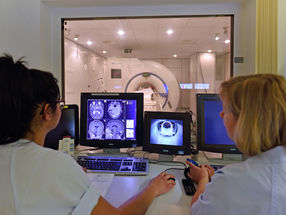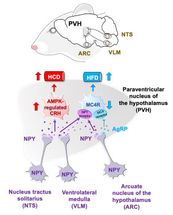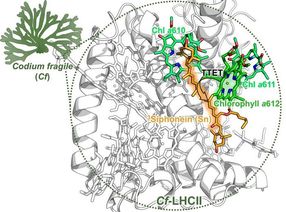Long-term Comparisons of iPSC and hESC Conducted to Assess Therapeutic Potential
Advertisement
For the first time, scientists have performed a detailed long-term evaluation and comparison of two different types of pluripotent stem cells: human embryonic stem cells (hESC) and induced pluripotency stem cells (iPSC). Both cell types are believed to share equal characteristics, abilities and potential to differentiate into nearly 220 different cell types. However, hESC are isolated from early human embryos and iPSC are derived from reprogrammed adult somatic cells which makes them less controversial.
This newly published research in Stem Cells compared 25 hESC and 8 iPSC lines which had similar abilities to differentiate into blood precursor cells, blood vessels, and eye cells. Comparing the characteristics of cells derived from iPSC and hESC, researchers found that blood and vascular derivatives from iPSC display abnormal molecular and/or cellular processes compared to their corresponding hESC counterparts. The iPSC showed notably decreased growth and differentiation efficiency, sometimes 1000 fold less than hESC.
Additionally, iPSC showed higher tendency to senescence and signs of programmed cell death. Similarly, retinal pigment epithelium cells derived from iPSC began senescing in the first passage, indicating the observed phenomenon is not limited to blood and vascular lineages. A range of therapeutic cell types obtained from iPSC showed abnormal expansion and early aging.
“Before clinical application, it will be necessary to determine the cause and extent of such abnormalities, and whether they also occur in stem cells generated using different reprogramming methods” said Robert Lanza, M.D., Chief Scientific Officer at ACT, and senior author of the study. “Although there is excitement that iPSC can serve as an embryo-free source of stem cells, it would premature to abandon research using hESC until we fully understand what’s causing these problems.”
Based on these results, it is clear that further methodological, mechanical and functional studies are necessary to improve reprogramming technique and to evaluate the similarity and differences between hESC and iPSC before advancing into a clinical setting.
Original publication: Lanza, R; "Hemangioblastic derivatives from human induced pluripotent stem cells exhibit limited expansion and early senescence", Stem Cells 2010.

























































